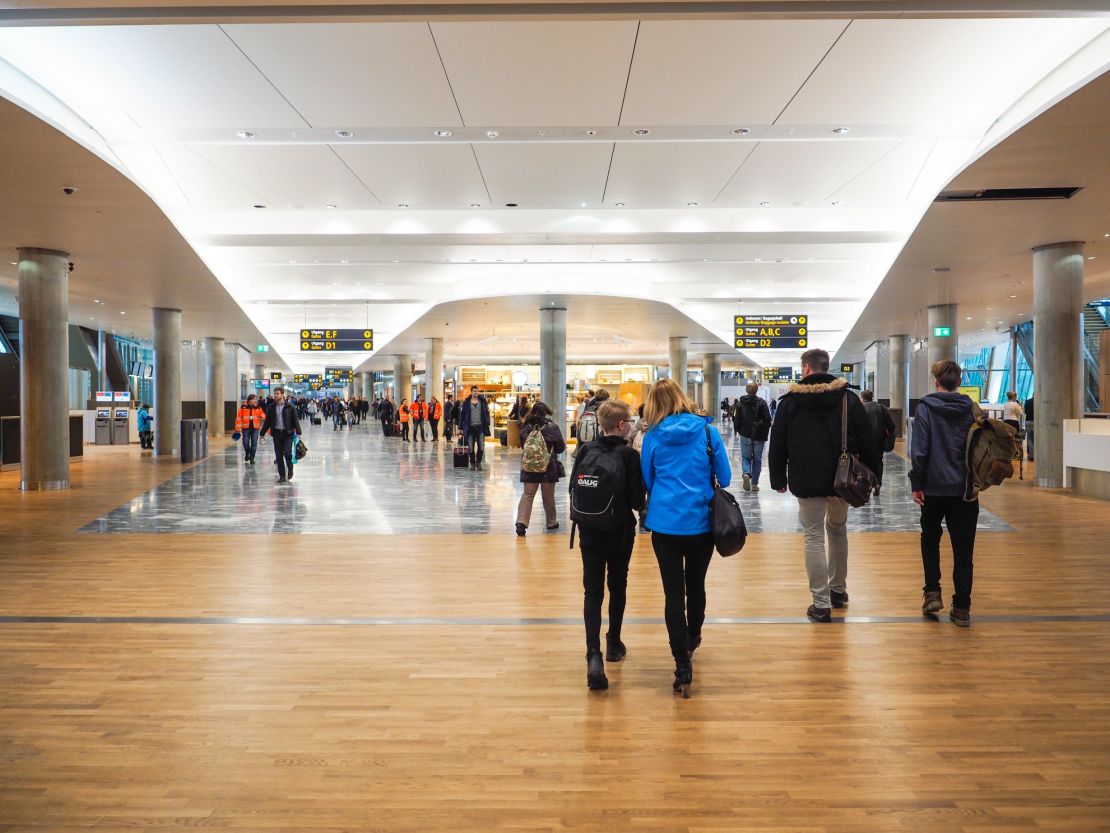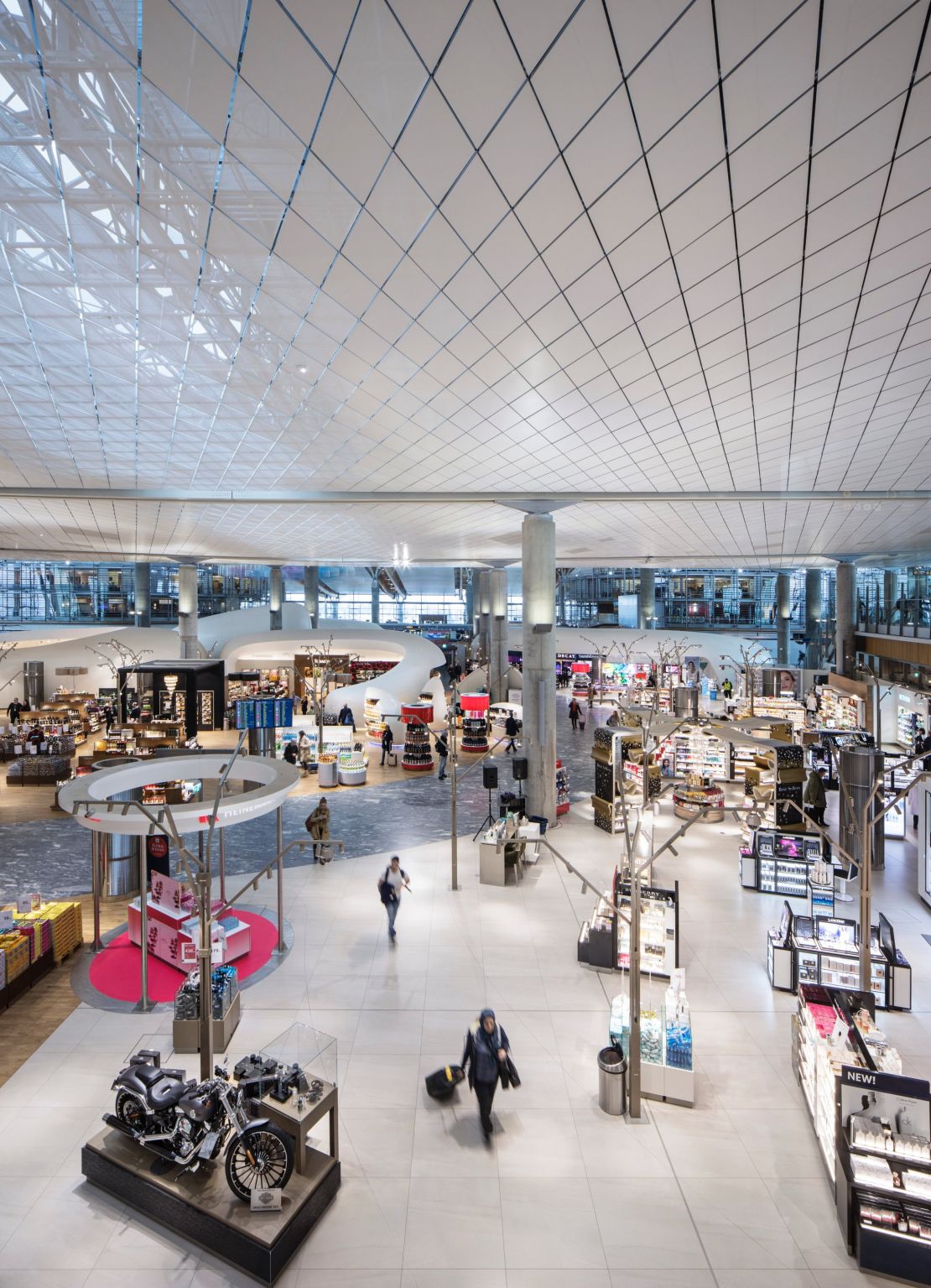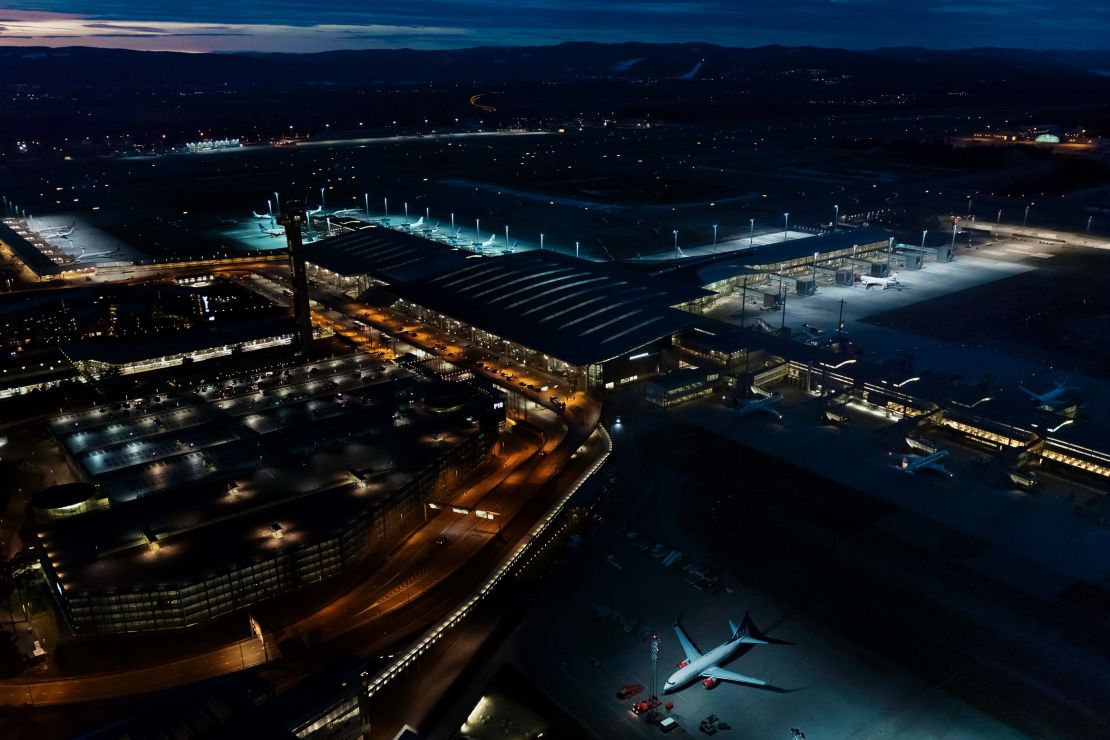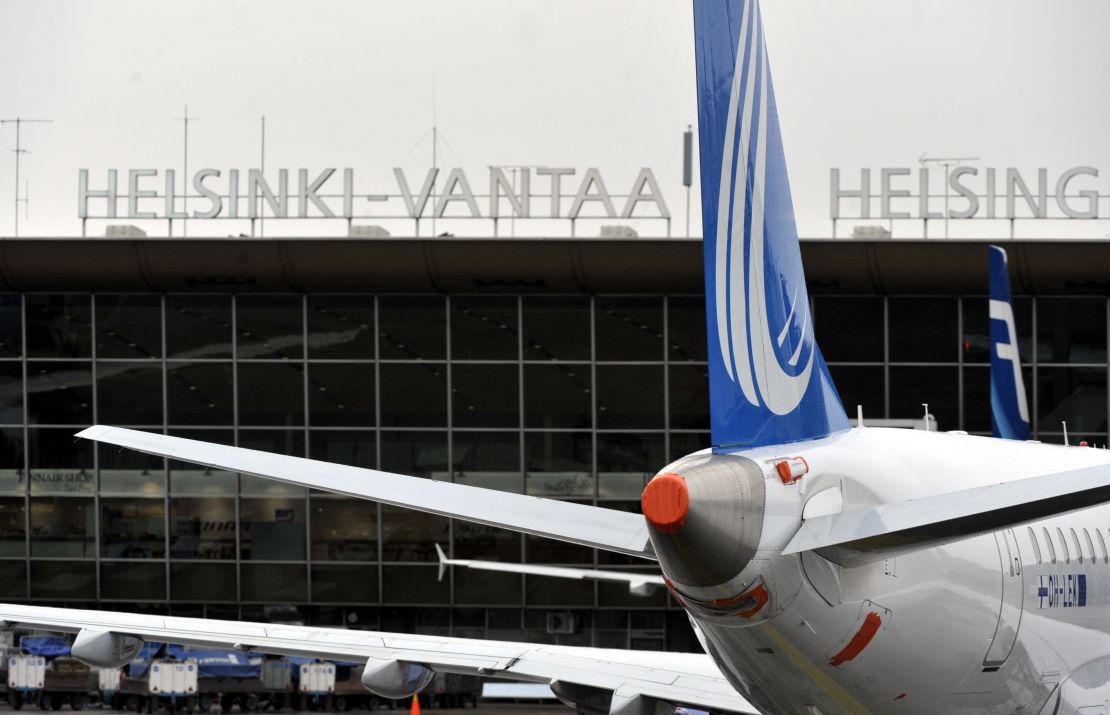With air traffic increasing worldwide each year, finding ways to make aviation more environmentally friendly has become crucial.
And while aviation manufacturers are looking for greener ways to fly, from electric planes to biofuels, architects are aiming to make airports more environmentally friendly.
At first glance, it looks like a major challenge. After all, airports are mass transportation nodes that consume lots of energy. Yet, a combination of engineering smarts and the determination of some airport operators can go a long way.
The Nordic touch

In line with the region’s reputation for environmental awareness, Scandinavia is home to what’s been called the most environmentally friendly airport in the world.
We’re talking about the new terminal at Oslo Airport, which opened to the public in April. This new facility increases the airport capacity to 32 million passengers a year.
The terminal is the first airport building in the world to receive an “Excellent” BREEAM rating, a certification scheme that assesses the sustainability of buildings and civil work projects worldwide.
“At Oslo Airport, the focus was on procurement of environmentally friendly building materials, innovative energy solutions and waste management,” says Henriette Berg, project manager at WSP in Norway, one of the organizations involved in the certification process.
Bjørn Olav Susæg of Nordic, the Oslo-based firm that designed the terminal, says the ambitious goal was to cut energy consumption in half.
“We did not start this project with the goal of becoming the world’s most environmentally friendly airport,” he says.
The architects relied on a holistic approach to minimize the carbon footprint.
Not only do the terminal’s walls and windows aim to make maximum use of daylight – quite a challenge in the Scandinavian winter – natural materials such as locally sourced stone and wood from sustainably managed forests are used generously throughout the building.
“In addition to being a very energy-efficient material, wood gives the terminal a very Nordic identity,” says Susæg. “We believe that after an era where most airports look the same, it is time to highlight those elements that can give travelers a sense of place, a sense that they are in a particular location, with its own local identity.”
MORE: The airport that refuses to die
Snow cooled

One way it makes the most out of local conditions is its snow-based cooling system. During winter, snow is collected and stored in a depot and covered by sawdust for insulation.
Come summer, the meltwater is used to cool down the terminal building, reducing the amount of energy consumption during peak hours. In winter, the airport makes use of natural thermal energy for heating.
When it comes to waste, the terminal project achieved a sorting grade of 91%, which means that only 9% of discarded construction materials is classified as “general waste.” The rest is sorted and handled separately.
Another remarkable feature of the new design – testament to its efficient use of the space – is the fact that despite the airport increasing in size, the maximum walking time to gates has remained the same.
Meanwhile, in nearby Finland, national airport operator Finavia is also getting its act together when it comes to the environment. The company, which manages 21 airports throughout the country, has an ambitious program to become carbon neutral by 2020.
In fact, Helsinki-Vantaa airport, the largest in Finavia’s network, may actually reach this goal as early as this year, when a large solar plant located in the airport grounds starts producing energy.
Airport buses and vehicles will also switch to renewable fuels or electricity and the airport operator plans to engage in market-based carbon compensation schemes.
MORE: World’s best airports revealed
A global trend

Despite their pioneering roles, the Nordics are hardly alone in the quest to make airports more sustainable.
Mahesh Ramanujam, president and CEO of the US Green Building Council (USGBC), the organization that issues global green building LEED certification, highlights Terminal 3 at Delhi’s Indira Gandhi Airport and Galapagos Ecological Airport as examples of facilities that have achieved gold certification.
At the Delhi airport, energy and water is conserved by maximizing natural light, harvesting rainfall, installing an on-site solar power plant and sewage treatment plant, and having an integrated building management system to optimize operations.
In the Galapagos, a particularly environmentally sensitive location, the airport constructed 75% of its infrastructure from recycled materials. It uses its own desalination plant for fresh water and is almost 100% powered by wind and solar energy.
“Airports require large areas of land and are hubs of energy use, water use, waste and emissions, so when we talk about sustainability and airports, we’re not just talking about the environment.
“We’re also talking about the significant financial and human health benefits associated with greening these spaces,” explains Ramanujam.
MORE: World’s 10 most scenic airport landings
Game-changing innovation

Pere Suau-Sanchez, director of the MSc in Airport Planning and Management at the UK’s Cranfield University, agrees.
“Until recently most of the environmental initiatives in the airport industry revolved around two key issues: emissions and noise,” he says.
“These, of course, remain top priorities, but what we are seeing now is a more holistic approach where airport operators are looking at the energy efficiency of the terminals, waste and water management and myriad other aspects.”
While we await the era of electric planes, right now it seems that the key to greener airports isn’t in a single game-changing innovation, but in the accumulation of small positive changes around the world.
Miquel Ros is an aviation blogger and consultant with a passion for all things travel. An economist by background, he’s worked for for the likes of Bloomberg and Flightglobal and currently covers the airline industry through Allplane.tv.










